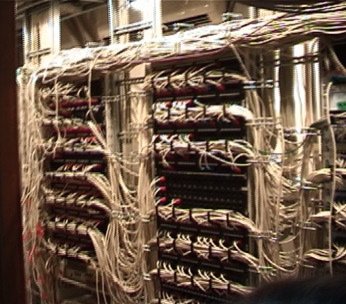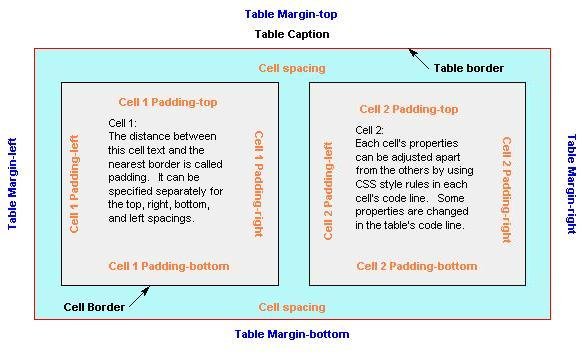Have you ever wondered if your job could simply vanish into thin air? In the world of technology, nothing stays the same for long. The speed of change is dizzying, and some roles that seem essential today may soon be nothing but a memory. It’s both thrilling and a little terrifying—like watching a magic trick where you know something is about to disappear, but you don’t know what or when. Here are seven tech jobs that might be gone by 2030, swept away by the relentless wave of innovation and automation. Buckle up—some of these may surprise you.
Data Entry Clerks
Picture a room filled with people tapping away at keyboards, entering numbers and names into endless spreadsheets. That’s the classic image of a data entry clerk, but it’s quickly fading into history. Automation and artificial intelligence can now do these repetitive tasks faster and with fewer mistakes. Businesses have started to trust software to handle huge amounts of data in a fraction of the time it takes a person. Even small companies are adopting systems that scan and input data automatically, making the human touch less necessary every year. By 2030, it’s likely that the role of data entry clerks will be nearly extinct, as machines outpace even the fastest typist. The irony is, the very digital transformation meant to make life easier is making some jobs disappear altogether. For many, this change brings both relief from monotony and anxiety about the future.
Telemarketers
If you’ve ever hung up on a telemarketer—or wished you could—you’re not alone. But here’s a twist: by 2030, there may be no one left to answer or make those calls. Robocalls, automated systems, and stricter regulations are quickly making human telemarketers obsolete. Digital marketing through email, social media, and targeted ads is not just more effective, it’s less intrusive. Customers are tuning out phone pitches and tuning in to digital channels that let them control what they see and hear. Companies have caught on, shifting budgets away from call centers towards smarter, automated outreach. The days of hearing, “Hello, may I interest you in…” may soon be over, replaced by a world where algorithms know what you want before you do. The job that once annoyed millions is quietly phasing itself out.
Computer Programmers
It might sound shocking, but even computer programmers aren’t safe from technological progress. The rise of low-code and no-code platforms means almost anyone can build an app or website without knowing how to code. These drag-and-drop tools are turning programming from a specialized skill into something much more accessible. While expert programmers will still be needed for complex projects, the routine work is being swallowed up by automation. By 2030, many traditional programming jobs may disappear, as the focus shifts towards managing automated processes instead of creating everything from scratch. It’s a bit like how calculators replaced the need for long division by hand—still useful, but no longer essential. Programmers might find themselves becoming supervisors of smart systems, rather than creators of every line of code.
IT Support Specialists
Remember the days when you’d call IT to fix your computer and wait for someone to show up? That’s changing fast. With technology becoming more intuitive and self-healing, the need for IT support specialists is shrinking. AI-powered chatbots can now solve many problems instantly, day or night, without a human ever getting involved. Virtual assistants diagnose and fix issues before users even notice them. Companies are investing in these tools, not only to save money but to provide faster service. By 2030, the familiar tech support desk may be replaced by automated systems that never sleep or take a break. For workers in this field, it’s a wake-up call: adapt, upskill, or risk being left behind as troubleshooting becomes the job of machines.
Network Administrators

Once upon a time, every office needed a network administrator to keep the digital traffic humming smoothly. Now, the rise of cloud computing means that much of this work is handled off-site by giant tech companies. Businesses are moving their data and applications to the cloud, where third-party experts manage everything for them. On-site network maintenance is becoming less necessary, and specialized roles are giving way to all-in-one managed services. By 2030, many traditional network administrators may find their skills less in demand, as organizations outsource these tasks. The job that once felt indispensable is quietly disappearing into the clouds—literally. It’s a big shift, and one that’s already changing how IT departments are structured.
Print Media Designers

There’s something nostalgic about holding a beautifully designed brochure or magazine, but those days are fading fast. As businesses pour their efforts into digital marketing, the need for print media designers is dropping. More and more, people get their news, ads, and content online, where updates are immediate and interactive. The demand for print materials—flyers, posters, catalogs—keeps shrinking as digital alternatives take over. By 2030, many print design roles could vanish, with companies focusing on digital content that can reach global audiences in seconds. For designers, this means learning new tools and trends or risk being left behind as paper gives way to pixels. It’s a bittersweet evolution, blending creativity with constant adaptation.
Hardware Engineers
Hardware engineers once stood at the forefront of tech, designing the physical guts of our computers and devices. But as software grows more powerful, it’s taking over tasks that used to require new hardware. Cloud computing is making it possible for businesses to run powerful applications without owning any physical servers themselves. Virtualization means a single piece of hardware can do the job of many, cutting down the need for constant upgrades. By 2030, demand for hardware engineers may fall as companies choose software solutions over physical products. The hands-on tinkering that once defined this job is being replaced by cloud-based innovation, where physical hardware is often out of sight and out of mind. For some, it’s like going from building cars to designing traffic apps—exciting, but a world apart from where it all began.

